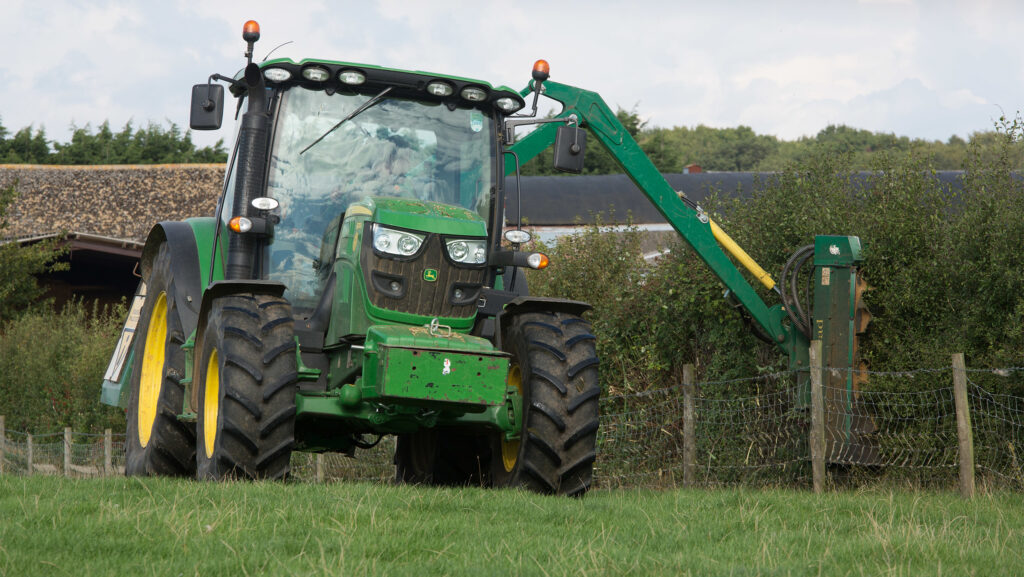Hedge and grass-cutting contractors stumped by wet weather
 © Tim Scrivener
© Tim Scrivener The hedge and grass-cutting industry is grappling with significant challenges due to regulatory constraints and increasingly unpredictable wet weather.
Contractors are dealing with stricter rules, such as the ban on hedgecutting from 1 March to 31 August, which was introduced to protect nesting birds but significantly shortens the working window.
In addition, persistent autumn rainfall is making it even more difficult for contractors to operate on waterlogged farmlands without causing damage.
See also: Wet weather and sanctions hit profits at major agronomy firm
This challenge is particularly evident in regions such as Northamptonshire and Cambridgeshire, where local contractors are struggling to keep up with the demand, while larger firms increasingly dominate contracts with local authorities.
The regulatory environment has added further pressure, with agri-environmental schemes limiting where and when contractors can work.
For example, some Sustainable Farming Incentive actions only allow grass margins around fields to be trimmed every three years.
Fewer frosts
Changing weather patterns – milder winters and fewer frosts – have softened the ground, creating more operational challenges.
Contractors, such as Robert Rutt and Peter Wright, are calling for more flexibility in the rules.
They suggest that hedgecutting could start earlier in mid-August, as they observe the seasons are shifting and nesting seasons are finishing sooner.
They want the Labour government to consider more flexible, locally tailored regulations that would better balance environmental protection with the needs of the industry.
Without regulatory changes or more adaptable policies, they say the future of independent contractors in the hedge and grass-cutting industry remains uncertain, particularly given the rising costs of equipment and the lack of new entrants coming into the field.
“I don’t know what the future hold for hedgecutting or for contractors like me,” Mr Rutt told Farmers Weekly.
“We don’t cut the hedges every year on the farms I look after now. Now it just seems as and when.”
Wet weather a ‘nightmare’
Mr Wright, a partner at agricultural and local authority contractor MJ Wright and Son, based near Wisbech, Cambridgeshire, said wet September this and last season has been a “nightmare” for hedge and grass-cutting work.
“I think we should be starting hedgecutting in mid-August. The nesting seasons are changing now.
“It’s almost like the seasons are shifting, so the weather is better earlier on,” he said.
“From our point of view, the birds are finishing nesting sooner. That extra two weeks where we could get on the land would make a big difference.”
Defra says it extended the no-cutting period from July to August, in line with EU regulations, to protect birds that nest later.
This includes important breeds such as the cirl bunting, linnet and yellowhammer, which rear chicks in hedgerow nests throughout the month of August.
